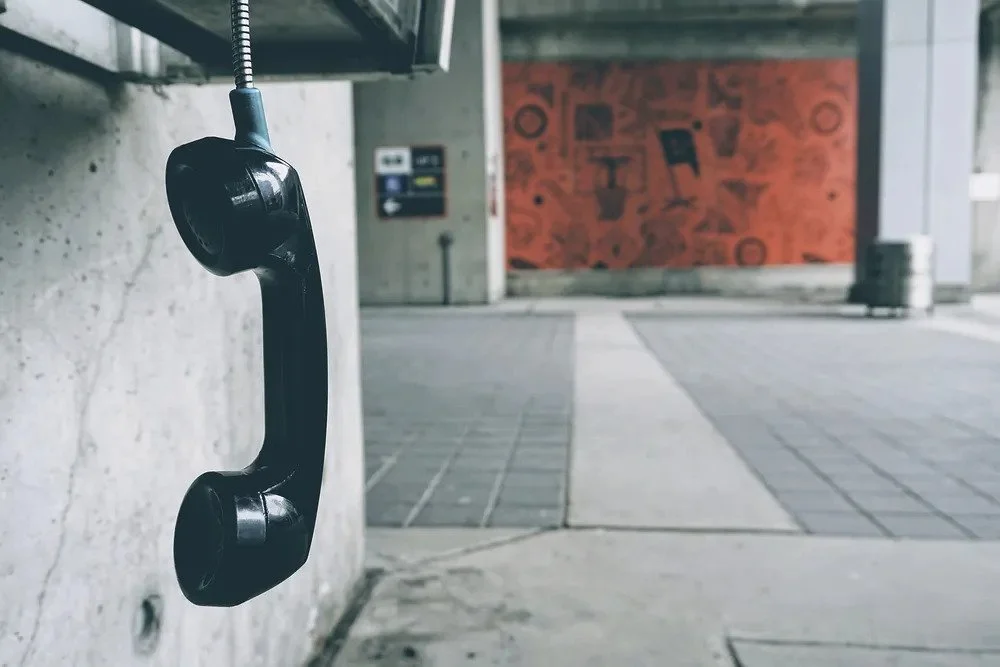To anyone who’s been paying attention, the Golden State’s population has been markedly decreasing for a while—the most recent census data revealing that 343,000 people left last year (contributing to an overall CA’n net loss). San Jose was not left untouched: Almost 117,600 abandoned the city in 2021. The American Spectator’s Steven Greenhut attributes this trend to failed Leftist policies that inhibit individuals’ choices on where to live and how to travel, while ignoring key issues like water storage.
Read MoreCalifornia’s high-speed rail ambitions are again delayed; what else is new? The initial length of CA’s “doomed” bullet train project will likely not be completed until 2030 or later. What’s more, the total cost has surged up to $128 billion ($95 bil added since voters gave the green light in 2008). The Daily Breeze editorial team urges legislators to publicly oppose the “complete disaster of a project,” against which rail experts and the private sector alike are united already.
Read MorePolice response times are increasing (and even doubling) in regions around the U.S., as discussed by NPR’s A Martínez and guests. Why? Many city police depts struggle to retain enough officers, whether due to budgetary cuts or retirement trends. SJ, too, has seen alarming upticks in average Priority 2 response times (now at 23.9 minutes, compared to the benchmark of 11 mins.), local police emphasizing that “we need more staff.”
Read MorePublic teacher compensation remains a hotly contested topic in California, several loud voices refraining that educators deserve a higher income. Under the proposed “Pay Teachers Act,” teachers would be guaranteed $60,000+/year, funded by local taxpayers. However, the average American teacher earns $68.85/hour (and in the SJUSD, $47/hr.), compared to the private sector’s $36/hr. Larry Sand proposes in Front Page Magazine that competitive, market-driven salaries are more logical than the current non-merit-based, across-the-board system.
Read MoreIt’s nothing new: San Joseans repeatedly cite housing costs as an impediment to staying in the Bay, which boasts the United States’ priciest homes. According to San Jose Inside, SJ’s housing market appears to be flattening out, with total Bay home sales having decreased from last year. However, the area still struggles to provide affordable housing offerings. Barry Holtzclaw reports.
Read MoreEconomist Mike ter Maat spoke to SCC Libt voters this past November about his privatized approach to solving local concerns. In this Opp Now exclusive, ter Maat unpacks why government regulation contributed to the Silicon Valley Bank failure, and where the private sector can step in from here.
Read MoreLast week, Stanford students/a DEI admin aggressively heckled controversial guest speaker Judge Kyle Duncan, disrupting and cutting short his prepared talk. Tim Rosenberger, Jr., president of Stanford Law’s Federalist Society chapter, sits down with Opp Now for an exclusive breakdown of Stanford’s dangerously “comfort”-driven student/faculty culture—and his proposed steps to restore diverse thought to the revered university.
Read MoreFifth Circuit Judge Kyle Duncan was shouted down last week at a Stanford Law School event sponsored by the Federalist Society chapter. The disruption of Judge Duncan’s remarks was supported at the event by Associate Dean of DEI Tirien Steinbach. The wild suppression of Free Speech prompted a high profile apology from Stanford's president, but is it enough? David Lat's exceptional Original Jurisdiction has the whole story; excerpts below.
Read MoreFrequently, those pushing for early prisoner release in the SCC cite dangers of “unnecessary incarceration.” However, says Rafael A. Mangual in Newsweek, most incarcerated individuals committed serious crimes (e.g., murder or armed burglary) to land them in jail — and 83% go on to commit more after being released. Rather than merely seeking to empty local prisons, Mangual suggests a more prudent approach to preserving public safety.
Read MoreCalifornia’s high-speed rail disaster remains on the slow track, its projected completion presently looming in the 2030s. Ralph Vartabedian discusses in CalMatters that despite an incessant wealth of funding and time, the HSR project now anticipates 25% less ridership than previously predicted. Who is this HSR really made for, and will the rail be fiscally self-sufficient?
Read MoreCalifornia has long faced a homelessness epidemic nightmare, with plentiful encampments putting lives at risk in and outside of SJ; yet a federal judge has just prohibited Newsom’s planned removal of Oakland’s “tent city,” suggesting an anterior need for a resettlement plan. Debra J. Saunders analyzes in the American Spectator why enforcing existing homeless encampment laws will cultivate safer communities.
Read MoreThe Spectator’s Debra J. Saunders speaks with San Fransicko author Michael Shellenberger about the Bay Area’s hazardously “altruis[tic]” approach to homelessness. While ignoring true underlying factors like substance abuse, current governance hopes that throwing more money at Housing First and similar initiatives will solve unhoused people’s situations—to no avail.
Read More










